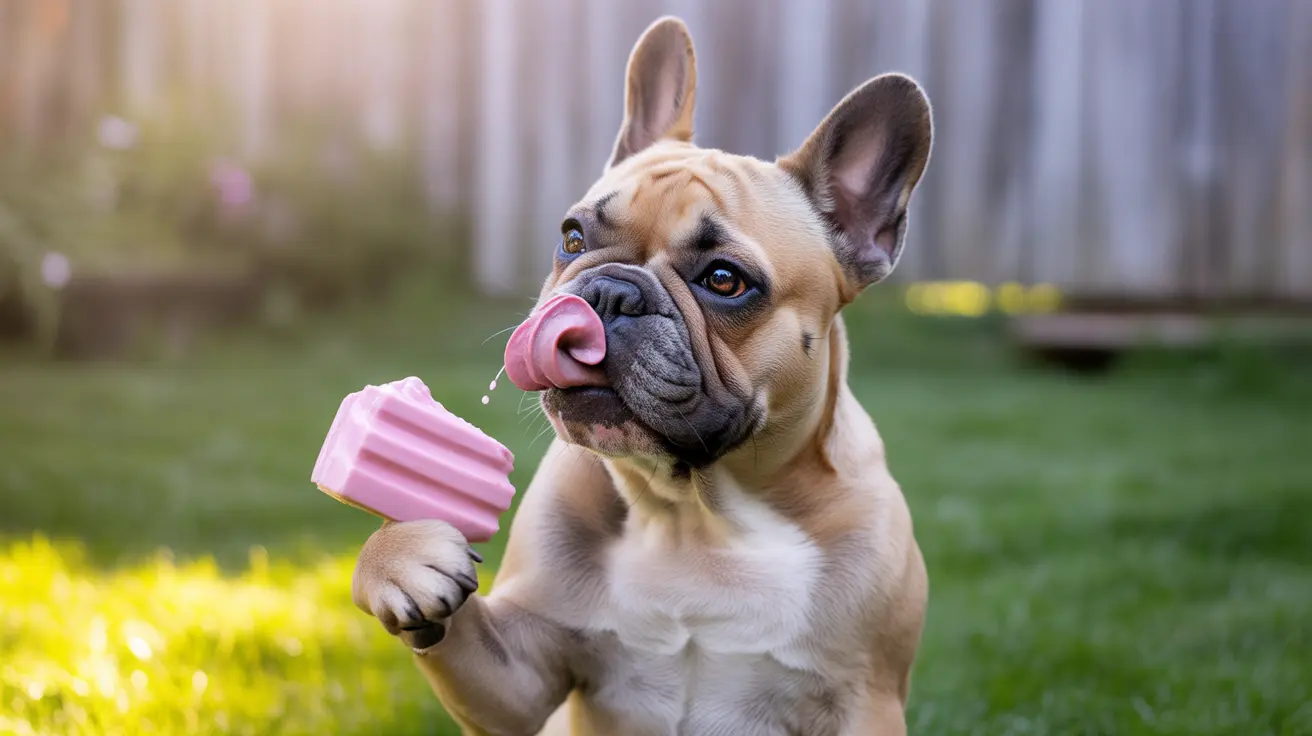Understanding Why Dogs Hump: Pleasure or Dominance?
Dog humping, or mounting, is a common behavior in dogs, often misunderstood as an act purely of sexual or dominant intent. In truth, this behavior is multi-faceted, and understanding it can help dog owners better manage and interpret their pet’s actions. This article explores the core reasons behind dog humping, breaking down myths and offering practical advice for prevention.
What Is Humping in Dogs?
Humping refers to the mounting motion dogs perform with other dogs, objects, toys, or people. It’s not restricted by gender or whether the dog is spayed or neutered. This behavior can be driven by various motivations:
- Sexual arousal, particularly in intact dogs
- Excitement or overstimulation during play or social interaction
- Stress or attempts at self-soothing
- Attention-seeking or expressing frustration
- Habitual activity developed over time
- Medical conditions such as urinary tract infections or skin irritations
Is It About Dominance?
Contrary to popular belief, humping is not always a dominance-related act. Modern canine behavior research indicates that mounting often occurs in neutral, playful, or even submissive contexts. While some dogs may use mounting to control or disrupt another’s behavior, labeling it purely as dominant behavior oversimplifies canine social dynamics.
Behavioral Triggers for Humping
Dog humping can be triggered by various scenarios:
- Play sessions that become excited or chaotic
- New visitors or unfamiliar dogs entering the space
- Periods of boredom or lack of stimulation
- Seeking interaction from owners or fellow pets
Being able to identify these moments can help in managing the behavior more effectively.
Medical Causes to Rule Out
Before assuming a behavioral root, always consider a
veterinary consultation to rule out medical issues. Some telltale signs to watch for include:
- Persistent licking or chewing in the groin area
- Visible irritation or distress
- Changes in urinary habits or appetite
Conditions like urinary tract infections or skin problems can lead dogs to hump for symptom relief.
When Humping Becomes a Problem
While humping is mostly harmless, it can become problematic when:
- It causes stress to other dogs or people
- It is compulsive and frequent
- It occurs in socially inappropriate moments
In such cases, intervention is necessary to prevent it from escalating or affecting social integration.
How to Reduce or Eliminate Unwanted Humping
Here are proven strategies to manage and reduce dog humping:
- Spay or neuter: This often decreases hormonally driven mounting, especially in younger or intact dogs. However, it may not eliminate the behavior if it has become a habit.
- Increase exercise and enrichment: Physical and mental activities are essential. Long walks, puzzle games, interactive toys, and basic obedience training can redirect energy positively.
- Interrupt and redirect: Intervene early by calling your dog away or offering a toy or command. Reward calm or appropriate behaviors generously.
- Manage the environment: Anticipate scenarios that lead to humping—like high-energy visitors or boredom periods—and provide alternatives before humping occurs.
- Avoid punitive measures: Yelling or punishing can increase anxiety and lead to other issues. Calm and consistent redirection is more effective and humane.
- Train consistently: Teaching commands like sit, stay, and settle can help reinforce self-control and signal your dog to shift focus.
- Seek expert help: If the behavior is repeated, intense, or aggressive, professional advice from a trainer or behaviorist alongside a medical checkup can yield tailored solutions.
Conclusion
Dog humping is a natural behavior that can stem from a range of emotional, social, and physical motivations. It’s often misunderstood as purely sexual or dominant, but in reality, most cases involve stress, excitement, or habitual responses. Understanding the root cause and using calm, positive interventions helps maintain a healthy and respectful relationship with your dog. And remember, what might seem embarrassing is usually a dog simply expressing themselves in a way they know how—your guidance can help them find better outlets.





